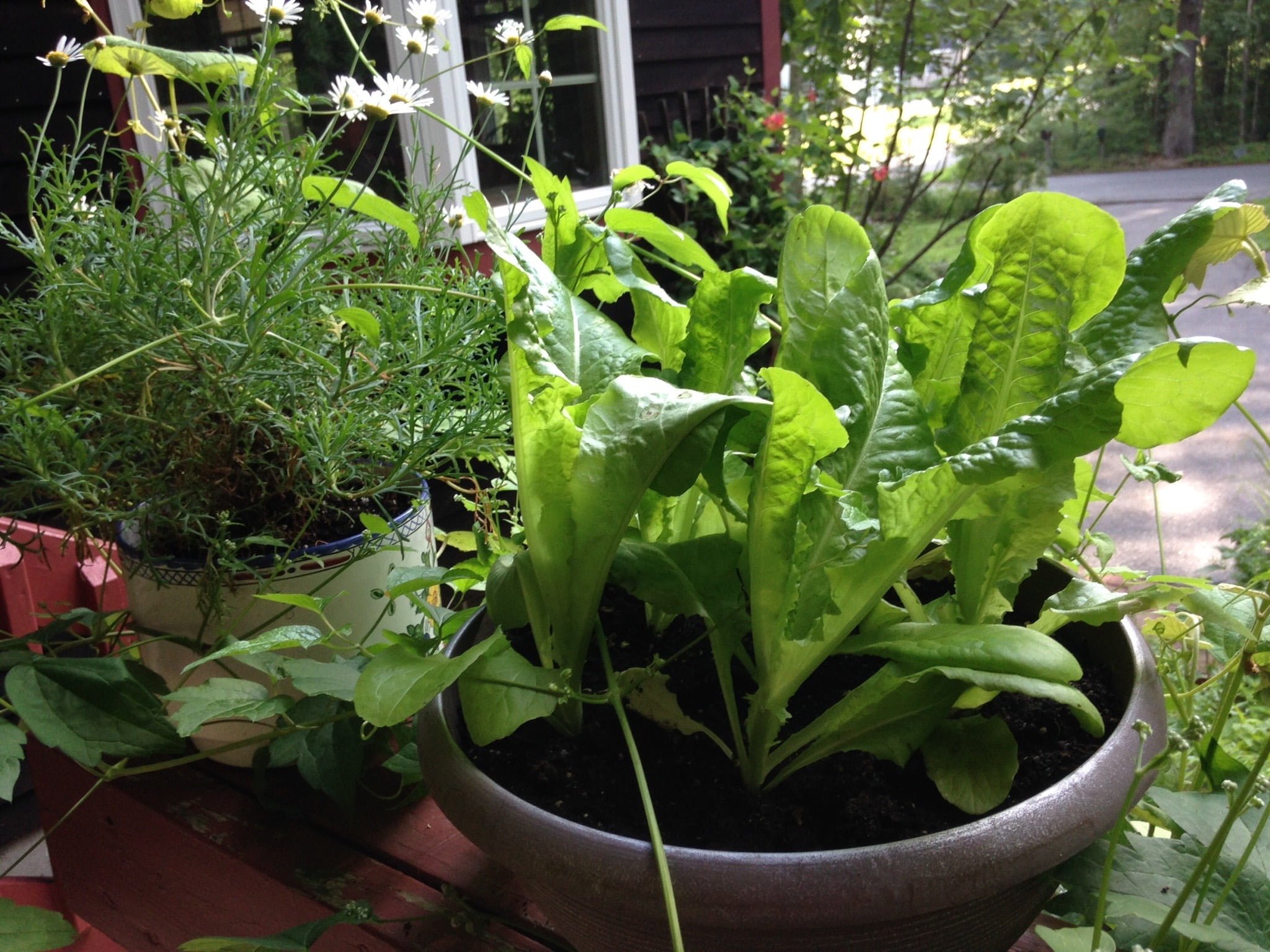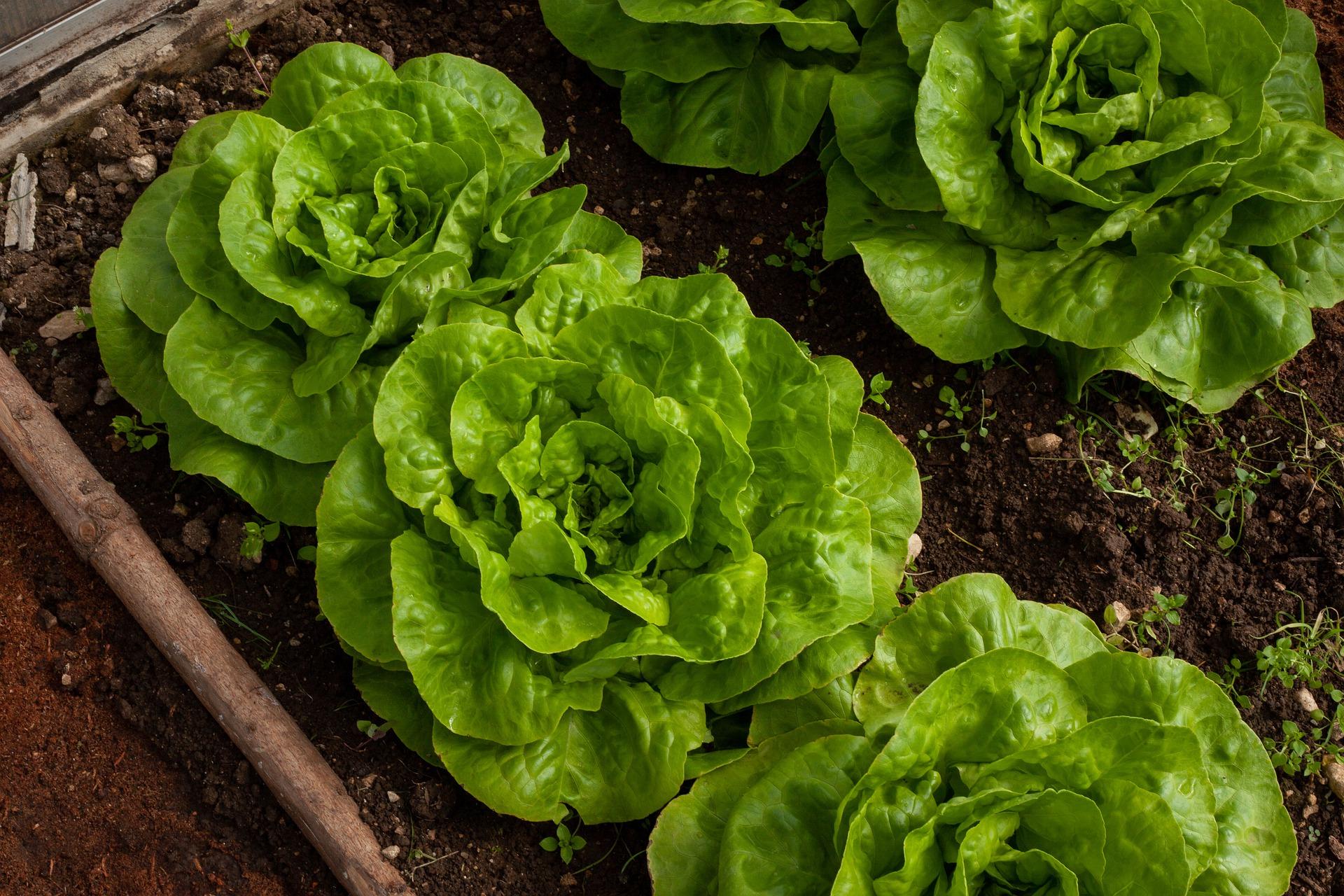So you’ve noticed that your lettuce plants are growing unusually tall, and you may be wondering why. Well, there could be a few reasons behind this unexpected growth spurt. In this article, we will explore some common factors that can cause lettuce to grow tall and offer some tips on how to prevent it. Whether you’re a seasoned gardener or just starting out, understanding why your lettuce is growing tall can help you maintain a healthy and thriving garden. Let’s dig in and uncover the secrets behind this leafy mystery.

Reasons for Lettuce Growing Tall
Insufficient sunlight
One of the reasons why your lettuce may be growing tall is due to insufficient sunlight. Lettuce requires around 6 to 8 hours of direct sunlight daily to grow properly. If your lettuce plants are not receiving enough sunlight, they may start growing taller in an attempt to reach for more light. To prevent this, make sure to choose a sunny location for your lettuce bed or consider growing them in containers that can be moved to sunnier spots.
Spacing is too close
Another common reason for lettuce growing tall is overcrowding or spacing that is too close. When lettuce plants are too close to each other, they have to compete for nutrients, sunlight, and space. This overcrowding can lead to plants growing taller as they stretch to find these vital resources. To prevent this, make sure to give your lettuce plants enough space when planting. Follow the recommended spacing guidelines for the specific lettuce variety you are growing.
Lack of nitrogen
Lettuce plants require an ample supply of nitrogen to grow properly. Nitrogen is a crucial nutrient for leafy green growth, and a deficiency in nitrogen can cause your lettuce to grow tall and lanky. To prevent this, ensure that your soil contains enough nitrogen by using organic fertilizers or compost rich in nitrogen. Regularly feeding your lettuce plants with nitrogen-rich fertilizers can help promote healthy leafy growth.
High temperatures
High temperatures can also cause lettuce to grow tall. When exposed to prolonged periods of heat, lettuce plants tend to bolt, which means they send up a tall flower stalk and stop producing new leaves. This is a natural response to protect their genetic material and ensure the survival of the plant. To prevent lettuce from growing tall due to high temperatures, consider planting during cooler seasons or providing shade for your lettuce plants during the hottest parts of the day.
Delayed harvesting
If you leave your lettuce in the ground for too long without harvesting, it can lead to the plants growing excessively tall. Lettuce leaves become more bitter and less tender as they mature, and the plant may start to focus its energy on producing flowers and seeds. To prevent your lettuce from growing tall due to delayed harvesting, harvest your lettuce when the leaves are young and tender. Regularly harvest outer leaves to encourage new growth and prevent bolting.
Genetic factors
Genetic factors can also play a role in lettuce growing tall. Certain lettuce varieties are naturally predisposed to grow taller than others. If you find that your lettuce consistently grows tall despite proper care, it might be worth trying different lettuce varieties that are known for their compact and shorter growth habits.
Pest or disease damage
Pest or disease damage can also cause lettuce to grow tall. When plants are under stress from pests or diseases, they may divert their energy towards rapid growth in an attempt to survive. Common pests that can affect lettuce include aphids, slugs, and snails, while diseases like downy mildew and lettuce mosaic virus can also cause growth abnormalities. To prevent pest and disease damage, practice good garden hygiene, regularly inspect your plants for signs of infestation, and promptly address any issues that arise.
Water stress
Lack of proper water management can lead to lettuce growing tall. If lettuce plants experience water stress, they may elongate their stems and grow taller in an effort to access more water. On the other hand, overwatering can cause root rot and nutrient deficiencies, which can also contribute to tall growth. To prevent water stress, consistently water your lettuce plants, keeping the soil evenly moist but not waterlogged. Mulching can help retain moisture in the soil and reduce the risk of water stress.
Improper soil pH
Lettuce prefers slightly acidic to neutral soil pH levels between 6.0 and 7.0. If the soil pH is too low or high, it can affect nutrient availability and uptake, leading to tall lettuce growth. Test your soil pH regularly and amend it as necessary to maintain the optimal range for your lettuce. Adding organic matter like compost can help buffer the pH and improve nutrient retention in the soil.
Lack of nutrients
Lastly, a lack of essential nutrients can contribute to lettuce growing tall. Lettuce requires a well-balanced supply of macronutrients (nitrogen, phosphorus, and potassium) as well as micronutrients (iron, calcium, magnesium, etc.). If your soil lacks these nutrients, your lettuce plants may exhibit excessive tall growth. To prevent nutrient deficiencies, regularly fertilize your soil with a balanced fertilizer or compost that contains a good mix of nutrients.

How to Prevent Lettuce from Growing Tall
Provide adequate sunlight
To prevent lettuce from growing tall due to insufficient sunlight, make sure to choose a sunny location for your lettuce bed or container. Place your lettuce plants in an area that receives at least 6 to 8 hours of direct sunlight daily. If your garden has limited sunlight, consider using reflective surfaces or artificial grow lights to supplement natural light.
Proper spacing
To prevent overcrowding and ensure proper growth, provide enough space between your lettuce plants. Follow the recommended spacing guidelines for the specific lettuce variety you are growing. This will allow each plant to have sufficient access to sunlight, air circulation, and nutrients.
Appropriate nitrogen levels
Maintain appropriate nitrogen levels in your soil to prevent lettuce from growing tall. Use organic fertilizers or compost rich in nitrogen to provide a steady supply of this essential nutrient. Be mindful not to overfertilize, as excessive nitrogen can also lead to tall growth. Follow the instructions on the fertilizer package or consult with a gardening expert for specific recommendations.
Control temperature
To prevent lettuce from bolting and growing tall due to high temperatures, plant your lettuce during cooler seasons or provide shade during the hottest parts of the day. Using shade cloth, row covers, or planting lettuce in areas with natural shade can help regulate temperatures and prevent excessive growth.
Harvesting at the right time
Regularly harvest your lettuce when the leaves are young and tender. Harvesting outer leaves rather than whole heads can promote continuous growth and prevent the plant from bolting prematurely. By harvesting at the right time, you can enjoy crisp and flavorful lettuce while also preventing excessive tall growth.
Choose suitable lettuce varieties
When selecting lettuce varieties for your garden, choose those known for their compact and shorter growth habits. Look for varieties labeled as “bush” or “compact” to ensure your lettuce stays at a manageable height. Experiment with different varieties to find ones that are well-suited to your growing conditions and desired growth habits.
Pest and disease management
Prevent pest and disease damage by regularly inspecting your lettuce plants for signs of infestation or disease. Employ organic pest control methods like handpicking pests, using insecticidal soap, or introducing beneficial insects. Practice good garden hygiene by removing any affected plants promptly and properly sanitizing your gardening tools.
Maintain optimal soil moisture
Consistently water your lettuce plants to maintain optimal soil moisture levels. Keep the soil evenly moist but not waterlogged to avoid both water stress and root rot. Mulching around your lettuce plants can help retain moisture and reduce the frequency of watering.
Adjust soil pH
Test your soil pH regularly and adjust it as necessary to maintain the optimal range for lettuce growth. Add lime to raise the pH if it is too low or sulfur to lower it if it is too high. Maintaining the proper soil pH will ensure nutrient availability and uptake for healthy lettuce growth.
Fertilize regularly
Regularly fertilize your lettuce plants with a balanced fertilizer or compost that provides essential nutrients. Follow the recommended application rates and timing for your specific fertilizer. By replenishing nutrients in the soil, you can help prevent nutrient deficiencies and promote healthy, compact lettuce growth.
By implementing these preventive measures, you can successfully manage and control lettuce growth, ensuring that your plants remain healthy, productive, and at an appropriate height. Enjoy the satisfaction of growing crisp and delicious lettuce in your garden or container, just the way you like it!




